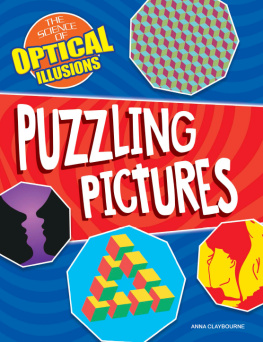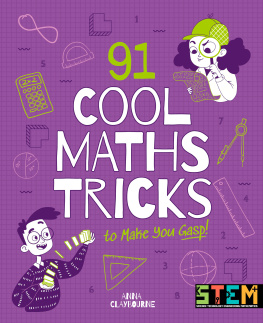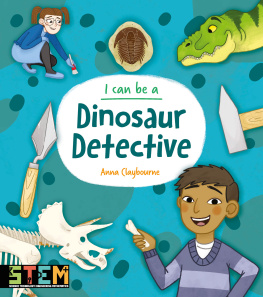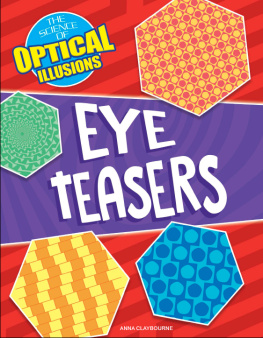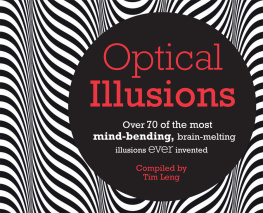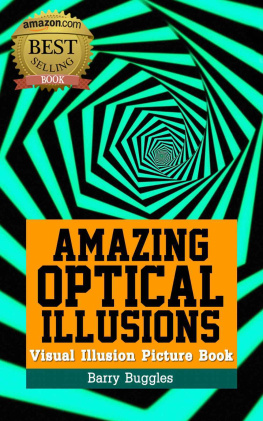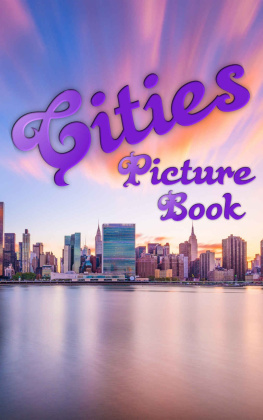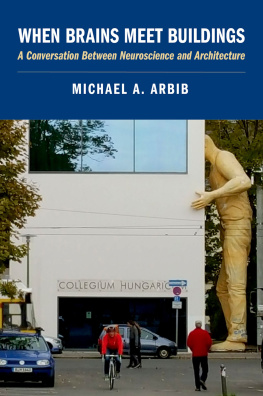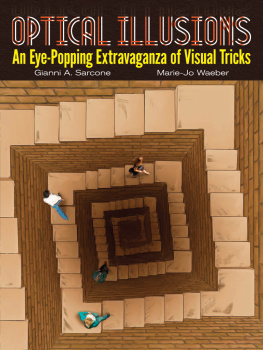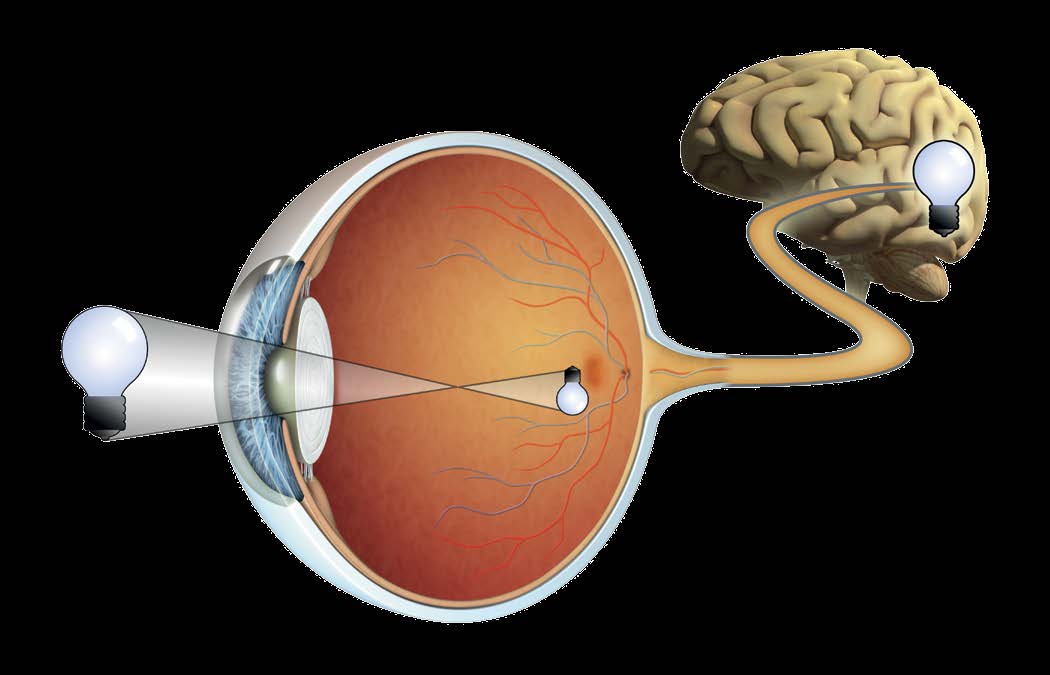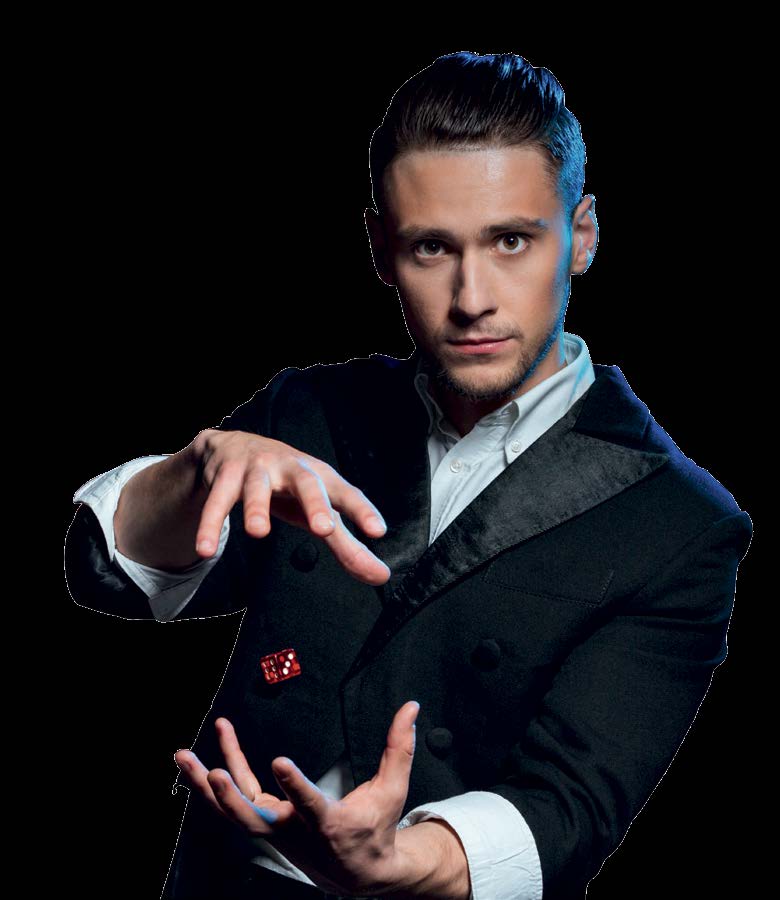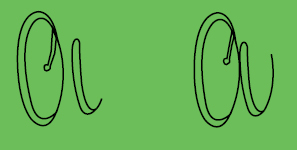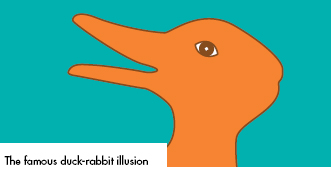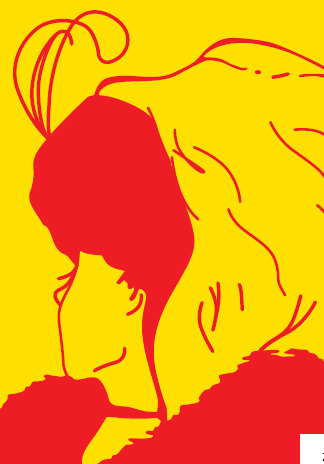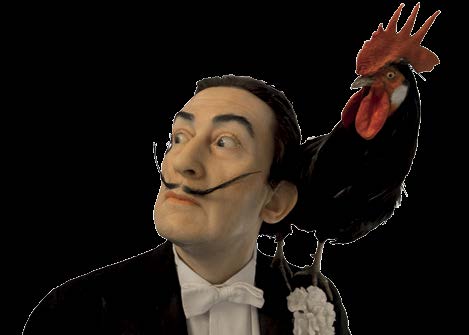Please visit our website, www.garethstevens.com.
For a free color catalog of all our high-quality books, call toll free 1-800-542-2595 or fax 1-877-542-2596.
Cataloging-in-Publication Data
Names: Claybourne, Anna.
Title: Puzzling pictures / Anna Claybourne.
Description: New York : Gareth Stevens Publishing, 2020. | Series: The science of optical illusions | Includes glossary and index.
Identifiers: ISBN 9781538242452 (pbk.) | ISBN 9781538241875 (library bound) | ISBN 9781538242469 (6 pack)
Subjects: LCSH: Optical illusions--Juvenile literature. | Visual perception--Juvenile literature.
Classification: LCC QP495.C5725 2020 | DDC 152.148--dc23
First Edition
Published in 2020 by
Gareth Stevens Publishing
111 East 14th Street, Suite 349
New York, NY 10003
Copyright Arcturus Holdings Ltd, 2020
Photo credits: p8 Kiev.Victor; p9 t Salvador Dali / Alamy Stock Photo, b Public Domain; p10 Richard Gregory; p11 t Glasshouse Images / Alamy Stock Photo, b Mat Edwards; p13 t DAVID MACK, b Raticova; p14 Istvn Orosz; p15 t vexworldwide, b Iryna Kuznetsova; p17 b Mat Edwards; p18 Nick Higham / Alamy Stock Photo; p19 Vladimir Sazonov; p23 Creative Commons; p24 t Michael Doolittle / Alamy Stock Photo, b Mat Edwards; p25 b Alamy Stock Photo; p26 Hans Holbein / Public Domain; p27 t Creative Commons, b Mat Edwards; p29 b Mat Edwards
All rights reserved. No part of this book may be reproduced in any form without permission from the publisher, except by a reviewer.
Printed in the United States of America
CPSIA compliance information: Batch #CS19GS: For further information contact Gareth Stevens, New York, New York at 1-800-542-2595.
INTRODUCTION
WHAT ARE OPTICAL ILLUSIONS?
The word optical has to do with light and how we see it. An illusion is something that tricks you, so that you dont experience it as it really is.
Magicians and illusionists make impossible things appear to happen. This performer cant really make this die levitatebut he makes it look as if he can.
SEEING IS BELIEVING
When we look around and see things, it feels to us as if were simply seeing the world as it really is. However, thats not quite true. Your eyes and your brain can make mistakes, miss things, or even see things that arent there. An optical illusion is a picture that takes advantage of these mistakes to play a trick on you.
HOW HUMANS SEE
Light rays from objects enter the eye.
Light hits the retina at the back of the eyeball.
Light-sensitive cells in the retina detect patterns of light.
The cells send signals to the brain along the optic nerve.
The brain interprets the signals to figure out what they mean.
TOO MUCH INFORMATION!
All day long, theres a constant flood of images entering your eyes and zooming into your brain. Theres so much information, your brain simply cant process it all carefully.
Instead, it decides what its looking at by matching the light patterns it sees to its memories and previous experiences. It ignores or shuts out things that dont seem important and will quickly jump to conclusions to save time.

Heres an example. What can you see in this picture?

Most people would see two friends riding these.
In other words, bicyclesmachines with two round wheels of equal size. But you only see that because of your brains knowledge and experience. The wheels you actually saw look like this:
ILLUSIONS GALORE
This book is packed with incredible optical illusions to bamboozle your brainfrom impossible objects to pictures that can be seen in more than one way. Turn the page to get started!
TWO VIEWS
Whats this a picture of? Do you see a tall vase? Look at the spaces on either side of itdo they look like anything familiar?
This type of illusion is called Rubins vase. The vase is shaped so that, although it looks fairly normal, the spaces on either side of it look like two faces in profile.
Most people find it hard to see both of these images at once. You can look at the vase, or you can flip your brain and look at the faces.
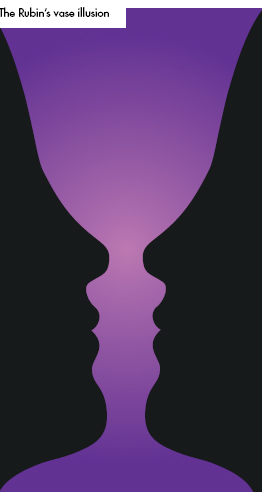
The Rubins vase illusion
How Does It Work?
This illusion was invented in 1915 by Edgar Rubin, a psychologist (someone who studies the mind). He found that when the brain sees shapes, it quickly figures out which part is the object its looking at and which part is the background.
A Rubins vase illusion confuses the brain by making the background also seem like a recognizable object. The brain doesnt handle that very well, since it likes to make quick decisions about what it can see.
DUCK OR RABBIT?
Heres another famous double-vision illusion. You can see this as a duck with its beak sticking out to the leftor as a rabbit facing right with its ears behind it.
Which is it? It keeps changing! As with the vase, you can focus on seeing the duck or seeing the rabbit. Your brain doesnt want to do both at the same time.
There are lots of different versions of this illusion. You could even try drawing your own!
OLD AND YOUNG
Heres one more to try. Do you see a young woman wearing a dark necklace turning away from you? Or do you see a big-nosed older woman with a long chin, looking forward?
ILLUSION ART
Artists sometimes like to use trick double images in their work.
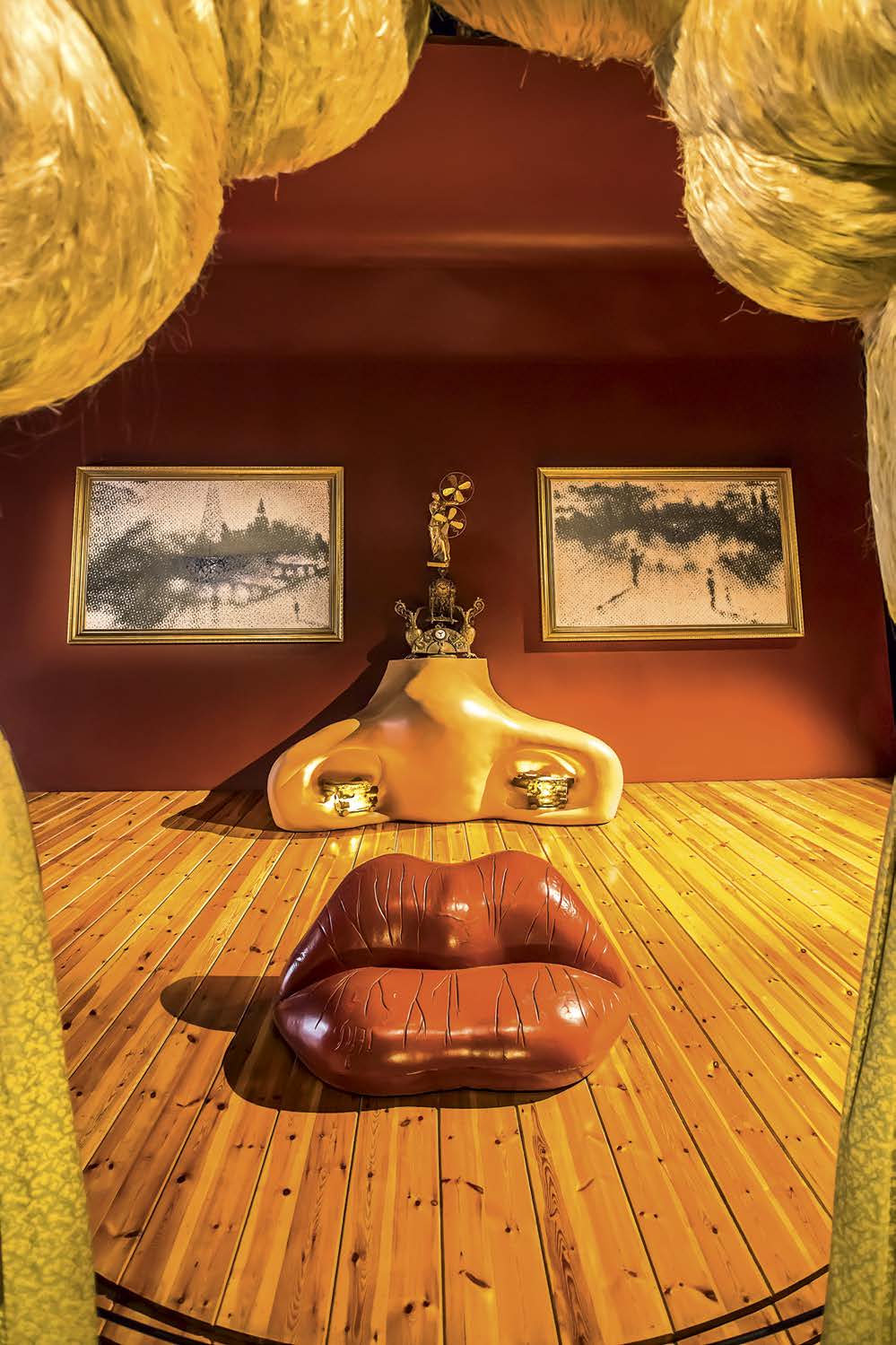
The Face of Mae West, an illusion in a room
One artist who especially loved optical illusions was the Spanish surrealist painter and sculptor Salvador Dal.
Check out this room made by Dal, called The Face of Mae West. Mae West was a movie star and writer who was famous for her glamorous looks. Dal set up the room with paintings, curtains, and a strangely shaped sofa, so that as you enter the room, you see the stars face.

